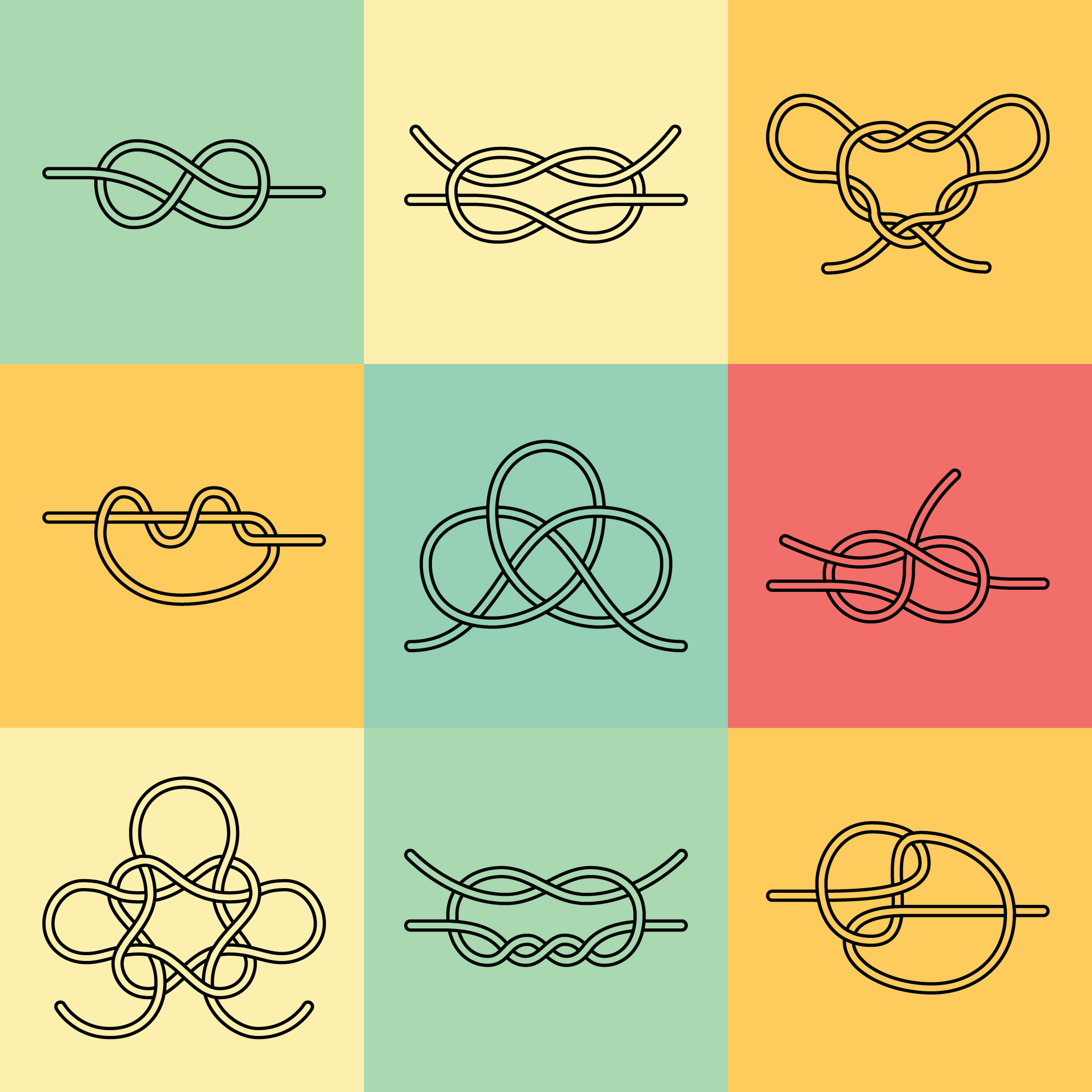
By Larry Brown
During the last 6 months we have learned 6 different knots for 6 different fishing applications.
In the first article I stated my very strong philosophies about fishing knots.
1. All popularly known fishing knots are strong and reliable when tied correctly and horrible when tied incorrectly. The Excel, the RP and the Royal Star all have different preferred knots for tying on a hook or connecting mono to braid. The captains and crews on these boats are all pros. They don’t tie knots that don’t work.
2. Learn and practice just one knot for each application so you learn to do it PERFECTLY, in your sleep, if the wind is howling, the rain is torrential and the fish are boiling everywhere. I have seen so many anglers screw up a knot (and lose a fish) because they learned 5 different knots to tie a hook to mono and they couldn’t remember the precise steps for the one they were tying, especially when all amped up with boiling fish and their own adrenaline and frustration raging. KISS – Keep It Simple Stupid.
Download Details:
Type Of Knot:
Application:
There are so many great knots. To tie a hook or a jig onto mono or fluoro you can use the San Diego Jam, Double San Diego, Palomar, Trilene, Uni, Joe Miller, Perfection Loop, etc. They all work when tied perfectly and all fail when tied imperfectly. Learn one, master it and don’t try to be a knot guru.
I’m the charter master on 9 long-range fishing charters every year and the question most frequently asked of me or the deckhands is “what knot should I use?” or “could you show me how to tie the XYZ knot?” One of the more common causes of fish being lost is knot failure. These losses are all self-inflicted. It is an angler error. The knot should not be blamed. The angler tied the knot imperfectly.
Selecting just one knot to tie for each of these 6 applications and learning to tie them perfectly is a key to becoming a better angler. The knots named above and presented in this Chumline series have been very good to me. I highly recommend them. But if you tie another knot and it has never failed you I suggest you stay with your winner. If your knots are working perfectly I would encourage you to politely say “NO!!!!” when another angler wants to show you his knot. The more knots you know the more confused you may become when the adrenaline is rushing on a hot bite and you can’t remember “is it 3 wraps or four, or is it through this way or that way. This is a perfect example of “LESS IS MORE.”
I hope this series of Fishing Knots has been instructive and will result in greater confidence and better results. Now, go fishing and good luck.
